These 4 iconic classics just aren’t attracting young buyers
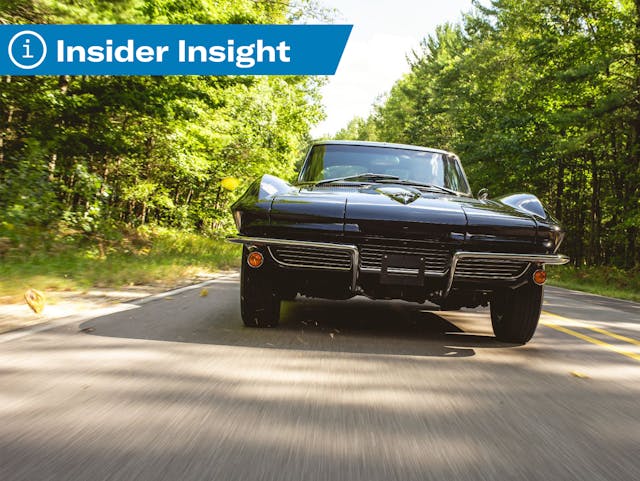
Want a better understanding of what’s driving collector-car values? Sign up for the Hagerty Insider newsletter.
If you’re a regular reader, you’ve probably noted that we frequently reference demographic data—in particular, age. That’s due to both supply and demand. We have a surfeit of information on enthusiasts’ ages courtesy of Hagerty’s insurance call centers (“how old are you” is one of the standard questions an agent will ask in order to give you a quote on insurance). And we know, from comments on Hagerty media articles and chatter at practically every car event, that many enthusiasts worry whether the next generations will keep our hobby going.
Generally, the story is an encouraging one. Our data show younger enthusiasts are increasingly interested in collector vehicles and in particular tend to appreciate the very same vehicles their parents and grandparents loved.
Of course, this interest is fortunate for the hobby—if every enthusiast sought out solely the new cars of their youth, tens of thousands of Ford Model Ts and Model As (along with countless other models) wouldn’t still be on the road.
This phenomenon doesn’t extend to every classic car, however. Based on our policy quote data, some vehicles face flagging interest among younger collectors—and we’re not just talking about fringe models, either.
Before diving in, we should remind you that age is just one of several factors that enable us to accurately track collector marque and model trajectories. Breaking down enthusiasts by generation admittedly lumps together a broad swath of automotive interests—a Gen-Xer born in California in 1965 may well have different collector influences and priorities than one born in Idaho in 1979, for example. That said, parsing interest in vehicles by collector age group has proven to be an effective indicator of the potential future health of that vehicle’s valuation.
1961–74 Jaguar E-Type (series I, II and III)
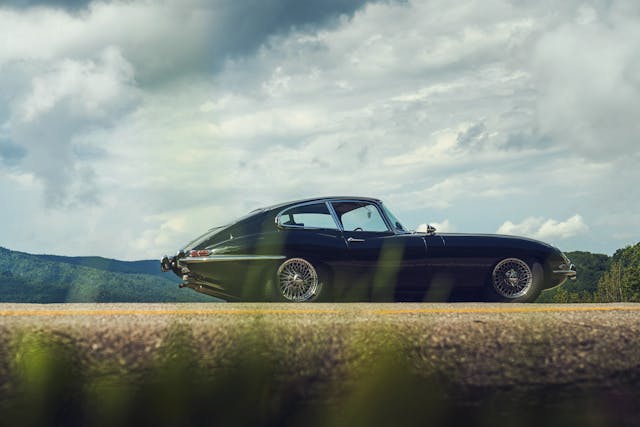
For all three series of E-Types, a full 80 percent of quotes are from enthusiasts born before 1965.
Cost likely has something to do with that—older enthusiasts still tend to dominate interest in more expensive vehicles, and the series I (1961–7) E-Type, the most popular model, is reliably a six-figure car, per both the Hagerty Price Guide and the values callers assign to their cars when they call us ($148K, on average). Yet the series II (1968–71) and the V-12-powered series III (1971–4) tend to be more attainable and still get relatively little interest from younger collectors.
1948–65 Porsche 356
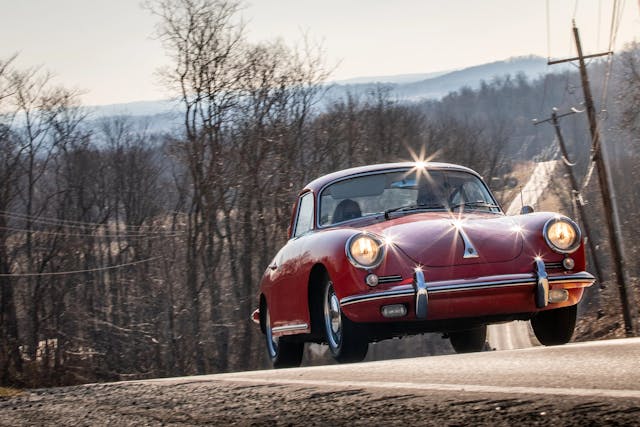
Porsche as a whole is one of the healthiest brands in terms of its appeal to enthusiasts of all ages, thanks largely to the longevity and timeless appeal of the 911. Yet that doesn’t seem to extend to the car that started it all, the 356.
Nearly 70 percent of the people calling us about insurance on one are born in 1965 or earlier. As with the E-Type, cost might be a factor. The earliest 356s (those built between 1949 and 1955, or “pre-A” in Porsche-speak) can hit seven figures, and even the later models (1963–5 356C) tend to be worth more than $100K. Yet no one would call the 964-era 911 Turbo an affordable car these days, and Gen-X and younger generations reliably make up close to fifty percent of interest in them.
1946–55 MG T-series
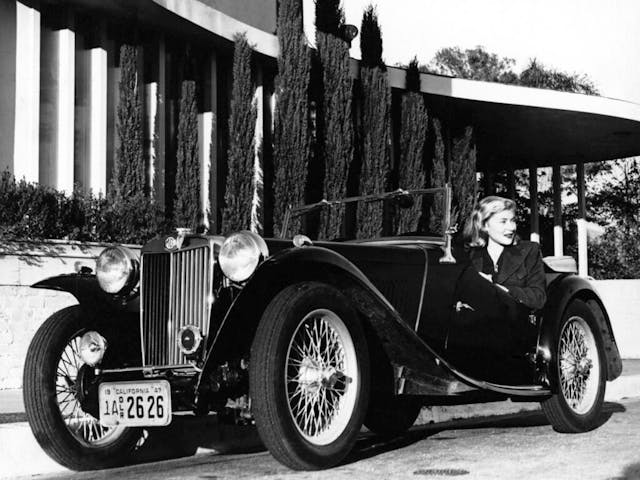
The MG aids in demonstrating that interest (or lack thereof) in a car is not simply a function of price. The MG series helped popularize the sports car in the United States after World War II and has always been an affordable gateway to the joys of open-air backroads driving. The 1950–3 TD, the most popular of the T-series MGs, can be had in good condition for around $20K. And yet 88 percent of quotes for these MGs are from enthusiasts born before 1965.
There are a number of factors here, including the fact that MG hasn’t sold a car in the United States since 1980. Yet the most salient reason for the MG’s lack of popularity among younger enthusiasts is probably the Mazda Miata, which is even less expensive (for now), considerably newer, and has the 1990s vibes that Millennials in particular seem to dig.
1963–7 Chevrolet Corvette

You might expect Corvettes to dominate this list but, for the most part, you’d be wrong. Late third-generation (or C3, 1974–1982) and fourth-gen cars (C4, 1984–1996) tend to be quite popular among younger collectors.
Yet for the 1963–7 C2, interest is indeed graying: Some 74 percent of people calling us about them were alive when the car came out. These cars aren’t MG-cheap, but, leaving aside early split-window cars and ultra-rare variants, neither are they E-Type expensive. People calling us for a quote on a C2 state an average value of $83K, about sixty grand less than for early E-Types.
The outlook isn’t the same for all American cars of this era. The 1961–9 Lincoln Continental (29 percent of quotes come from those born prior to 1965), 1960s Chevrolet Impalas (36 percent), the 1965–8 Ford Mustang (41 percent), and 1949–67 Volkswagen Beetle (36 percent) all have a majority of quotes from Gen-X and younger enthusiasts.
What’s to come?
What are the potential implications for those vehicles that don’t have much youth appeal? In the short term, we don’t see much risk. People from the baby boomer or earlier generations still control nearly 65 percent of the wealth in the United States and are extremely active in the collector car market.
If these trends continue over the long term, however, affected vehicles may see diminishing demand and values that don’t keep up with inflation or decline.
That won’t shake any of those cars from the firmaments of classic-car legend, and it won’t make them any less fun on your favorite road. Just the same, it never hurts to head out to local events, let the kiddos sit in the car, and take them for a spin.
***
Check out the Hagerty Media homepage so you don’t miss a single story, or better yet, bookmark it. To get our best stories delivered right to your inbox, subscribe to our newsletters.
Via Hagerty Insider

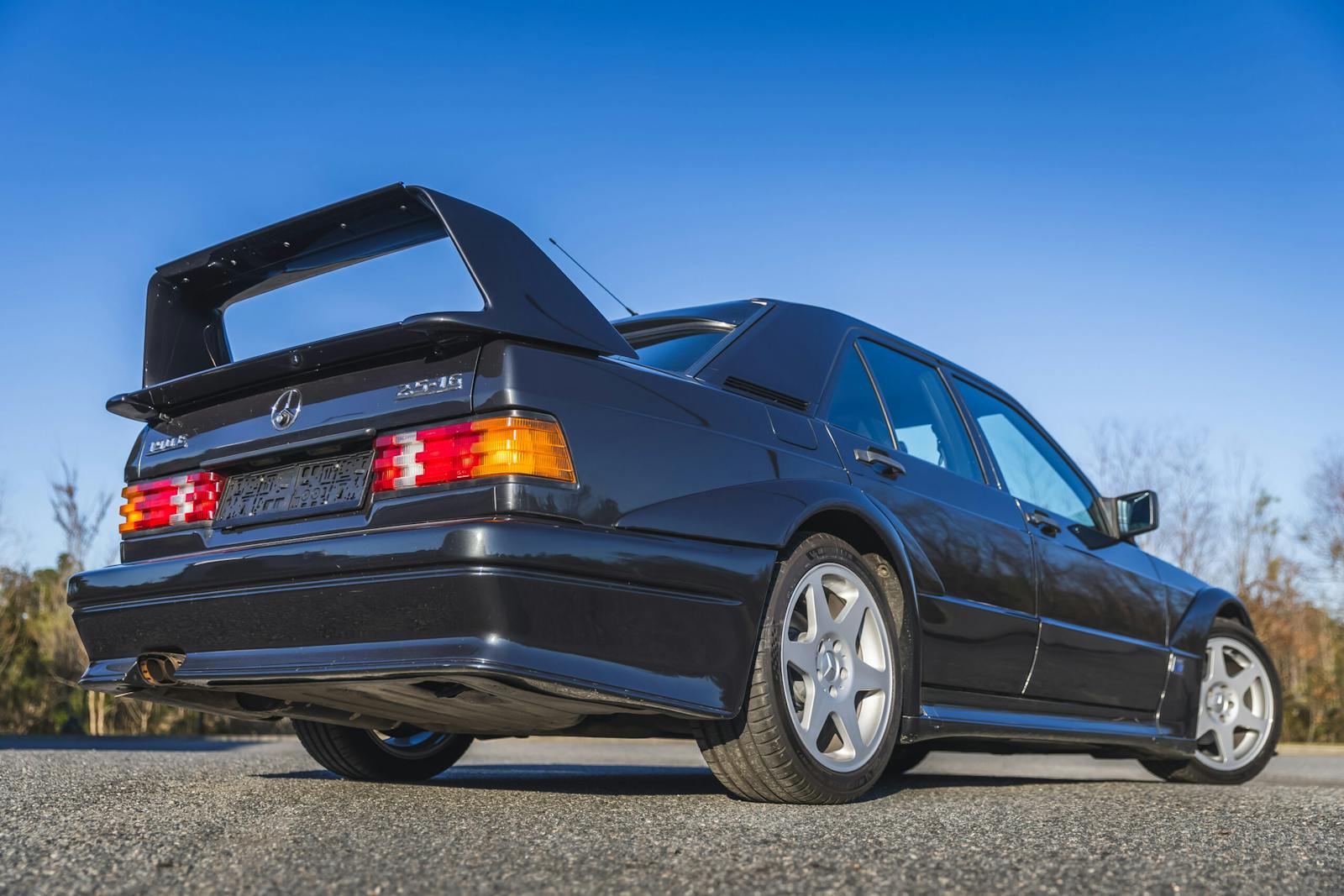
The C4 and newer Corvettes are everything the previous Corvettes were supposed to be. They handle better are much faster and are way more dependable. Previous Corvettes were quite fragile, had tachometer cable issues, brake caliper issues, weak rear ends etc. All the millennials want to do is drive a good looking car that’s affordable and they don’t seem to be into fixing anything.
As an automotive engineer/ car/driving enthusiast, I seek cars that have unique design/performance/handling characteristics. I select the car desired and then seek out the “Best Of The Breed” for that car. That “Best Of Breed” criteria includes the model/drivetrain combination along with a solid, unmolested body. At this stage in my life I am not seeking any project cars but those that are mostly ready to drive and needing only minimal detail attention to make them into mice drivers. The cars that are chosen are frequently not those among the mainstream of collector cars.
Using these criteria, I have been able to acquire four desirable (to me) collector cars for $ 15,000 each or less. They are all fun to drive and each has a unique driving character. At this point, three of the four have shown good price appreciation since acquisition. Based on the careful selection process, I have no plans to sell any of the cars until I can no longer drive them.
Datsun 240Z, liked by young and old. Becoming less affordable by the day. I was fortunate enough to buy one and resto/mod it my way before they started to become collectible. I could cash out like so many do but mine is going to my son when I’m done with it.
I feel that a lot of young people have been priced out of the classic car market. Some may have really wanted to buy the above mentioned cars or other ones but they are just too expensive so they had to be creative and look for alternatives. We as older folks at times are struggling to maintain some of these cars because parts etc. are overpriced so how will they start from scratch? I spoke to some young people at car meets and heard it from. Sad really.
Bought my 1965 356C Porsche in 1971 for 3k the year I graduated from college and got a prep school teaching job. The job paid 6k, room and board. Drove that car everywhere, summer and winter CA, AZ, CO, NM and Mexico. I am now 74 and my oldest daughter, 39 is my Rally navigator in the same car. In my mind it is a 3k car so I drive it often.
1906-EV’s have a range of 150 miles; 2023-EV’s have a range of 300 miles. High tech?
Soaring interest rates; soaring inflation. Good luck to the younger generation in finding the where-with-all to purchase any collector vehicle. In 1967 I purchased a used black over black, 1963 split-window for $2200. That is equivalent today to about $20,000 in purchasing power. Does this mean anything?
I restored a 47 Willys Jeep. At shows and cruise-ins I always ask little boys and girls that look at the Jeep if they’d like to sit in it.
I love the look on their face when they sit in the drivers seat and beep the horn. Makes both of our days.
It always comes down to what you lusted after when you were 12 years old. For me that was C2 and C3 Corvettes, Shelby Mustangs, and what everyone then called XKE’s before use of the proper and more pretentious E—Type became de rigueur. Oh, and growing up in California, of course 911’s.
I’ve since owned or driven all of these but the only one I keep coming back to is the Porsche. Probably because it just drives so damn well. The others are beautiful but primitive and that’s especially noticeable when you jump into one after spending most of your time in modern cars. Which may help explain why as the article says younger enthusiasts somehow find the money to buy and maintain 964 Turbos.
Having spent a life in Demographic analysis, I have to say I feel Hagerty’s “These 4 iconic classics just aren’t attracting young buyers” is flawed at its base.
There is more to be learned by these comments than the process, data and conclusions presented.
In 1975, as a 21 year old graphic designer, I bought my first car: A 1962 Alfa Romeo Giulietta Sprint Veloce, with Conrero 1545cc engine. For this special order event car, that was only 13 years old, I paid $500. I remember it needed a new generator. Paid $25 to have it rewound at the local marine electronics place. All the while I drove the empty coastal and canyon roads at incredibly nimble speeds, paid my rent, ate out and dated.
That price is equivalent of 2800 US today. But the same car would have a value of roughly 150k in today’s vintage market.
Would my son be able to have the same experience? Fogetaboutit.
Oh, and would I have shown up on the Hagerty data (?)…never insured it.
Great article! I can’t say I’m surprised by the decline in younger interest for some of these classics.
It has always been evident that whatever was cool in high school is what someone might desire someday when they finally have money to devote to things other than providing for a family. As a personal reminder, I never understood why anyone would want a car older than 1960. A ‘57 Chevy? Big-slow-heavy factory cars equals “no thanks”. However, when I explain what’s cool to my two twenty-something sons, (late 60’s – early 70’s muscle) I’m likely to get an eye roll as they brag on their Nissan 350z and Mazda 3 Carbon. OK boomer!
Again, great article!
Well, there’s the price. And then there’s the price. Oh and don’t forget the price.
No humans I know except billionaires and museums can afford these cars. It’s also almost impossible to find parts and someone to work on them. Most local mechanics in my area just giggle and tell you to get lost when you bring in old cars. BTW, auctions are ruining the hobby for real enthusiasts. They drive prices out of reach. And BTW did I mention price?
The cars mentioned; except the MG are all expensive. To get into the hobby most start with entry level cars just like their first home. It’s a lot to expect that someone in their 20’s would be able to spend 80-200K on a car. Maybe later in life, we’ll see. Oh and most people can’t fit into the MG any longer, I know I can”t.
I can see these cars becoming more affordable when us old fart owners die off. With fewer buyers and more cars on the market the prices will go down and the next generation will be more likely to broaden their horizons. Tastes and interests change with age. My MG journey started out in my 20’s with MGBs, graduating to older cars in my 30s, MGAs and MG Magnettes. In my 50s I drove personal import MGFs and now that I am in my 60’s my arthritic knees have me in MG ZT sedans, the latest being an MG ZT-T Tourer (Station Wagon) which I imported from Germany. The kids will come around!
I hate the thought of it, but since you posted both right here, in this issue, I’ll ask that you consider the “25 years from now” collectables https://click.member.hagerty.com/?qs=2c68b051e1dea95322651693cb0f0ed1a99c3914ca5cc3812422e8e023f0a1c2b7bd76b3a393082471f252cef1c5a374cfdfabdf130cc1873c5107a30d493550
compared to these 25-years-back models mentioned above. And then, consider parts and diagnostics, especially electronic ones, and then, let’s all say together “simpler is better.”
What part of this is surprising, The average age of divesting is 76 so more of these cars are coming on the market than there are new buyers . My son is 17 and we have multiple cars straddling from a 1962 e type low drag coupe to a 2020 BMW M4 stick competition . None of the 60,70,80, 0r 90’s cars are in his video games or on fast and furious so he never gives them a second look . Ask him what he wants its a Skyline .He never saw the Italian job so doesn’t want a Miura like i do .How there are suprises in this exposure versus desire every now and then ,my 19 yo daughter wants the 1994 Aston Martin V8 with all of its 600hp on tap at least until she gets a Contach .W hy i ask was it because i took her photo by it when she was small ,way before theEPA exclusion . The jaguar E types only have 76,000 ever made what is going to happen to the Mustang when that was 2 months production ,matching numbers or not .
I think the formula is simple exposure at 15 years old ,30 years until you can afford one ,30 years of ownership and you need to sell because you are too old .That is why the Radwood cars of the late 80’s and 90’s are in . At the Chattanooga concours the kids award went to an Audi Quattro, glad im not selling a model T ford or a 57 thunderbird